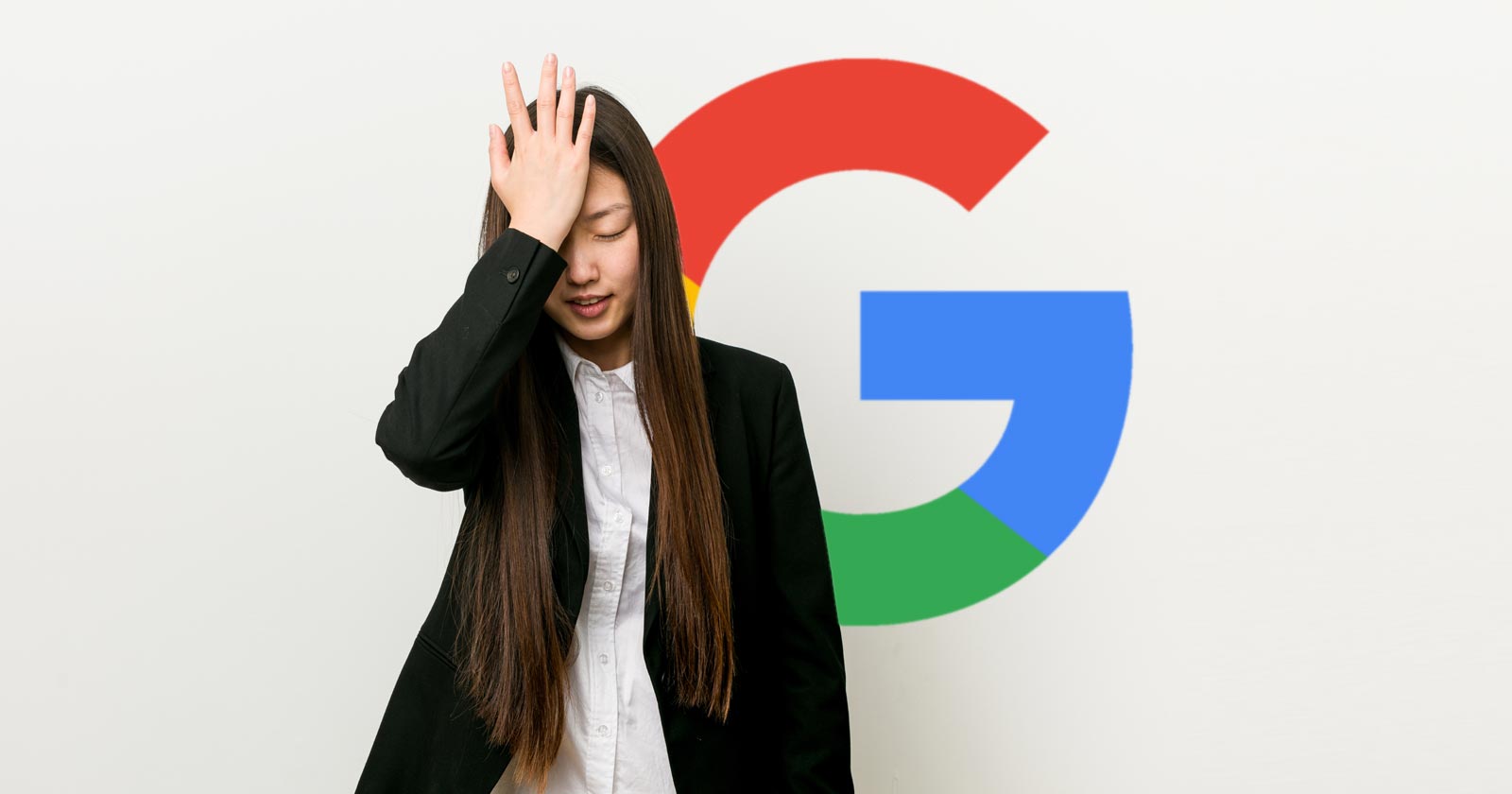SEO
Google On Traffic Diversity As A Ranking Factor

Google’s SearchLiaison tweeted encouragement to diversify traffic sources, being clear about the reason he was recommending it. Days later, someone followed up to ask if traffic diversity is a ranking factor, prompting SearchLiaison to reiterate that it is not.
What Was Said
The question of whether diversity of traffic was a ranking factor was elicited from a previous tweet in a discussion about whether a site owner should be focusing on off-site promotion.
Here’s the question from the original discussion that was tweeted:
“Can you please tell me if I’m doing right by focusing on my site and content – writing new articles to be found through search – or if I should be focusing on some off-site effort related to building a readership? It’s frustrating to see traffic go down the more effort I put in.”
SearchLiaison split the question into component parts and answered each one. When it came to the part about off-site promotion, SearchLiaison (who is Danny Sullivan), shared from his decades of experience as a journalist and publisher covering technology and search marketing.
I’m going to break down his answer so that it’s clearer what he meant
This is the part from the tweet that talks about off-site activities:
“As to the off-site effort question, I think from what I know from before I worked at Google Search, as well as my time being part of the search ranking team, is that one of the ways to be successful with Google Search is to think beyond it.”
What he is saying here is simple, don’t limit your thinking about what to do with your site to thinking about how to make it appeal to Google.
He next explains that sites that rank tend to be sites that are created to appeal to people.
SearchLiaison continued:
“Great sites with content that people like receive traffic in many ways. People go to them directly. They come via email referrals. They arrive via links from other sites. They get social media mentions.”
What he’s saying there is that you’ll know that you’re appealing to people if people are discussing your site in social media, if people are referring the site in social media and if other sites are citing it with links.
Other ways to know that a site is doing well is when when people engage in the comments section, send emails asking follow up questions, and send emails of thanks and share anecdotes of their success or satisfaction with a product or advice.
Consider this, fast fashion site Shein at one point didn’t rank for their chosen keyword phrases, I know because I checked out of curiosity. But they were at the time virally popular and making huge amounts of sales by gamifying site interaction and engagement, propelling them to become a global brand. A similar strategy propelled Zappos when they pioneered no-questions asked returns and cheerful customer service.
SearchLiaison continued:
“It just means you’re likely building a normal site in the sense that it’s not just intended for Google but instead for people. And that’s what our ranking systems are trying to reward, good content made for people.”
SearchLiaison explicitly said that building sites with diversified content is not a ranking factor.
He added this caveat to his tweet:
“This doesn’t mean you should get a bunch of social mentions, or a bunch of email mentions because these will somehow magically rank you better in Google (they don’t, from how I know things).”
Despite The Caveat…
A journalist tweeted this:
“Earlier this week, @searchliaison told people to diversify their traffic. Naturally, people started questioning whether that meant diversity of traffic was a ranking factor.
So, I asked @iPullRank what he thought.”
SearchLiaison of course answered that he explicitly said it’s not a ranking factor and linked to his original tweet that I quoted above.
He tweeted:
“I mean that’s not exactly what I myself said, but rather repeat all that I’ll just add the link to what I did say:”
The journalist responded:
“I would say this is calling for publishers to diversify their traffic since you’re saying the great sites do it. It’s the right advice to give.”
And SearchLiaison answered:
“It’s the part of “does it matter for rankings” that I was making clear wasn’t what I myself said. Yes, I think that’s a generally good thing, but it’s not the only thing or the magic thing.”
Not Everything Is About Ranking Factors
There is a longstanding practice by some SEOs to parse everything that Google publishes for clues to how Google’s algorithm works. This happened with the Search Quality Raters guidelines. Google is unintentionally complicit because it’s their policy to (in general) not confirm whether or not something is a ranking factor.
This habit of searching for “ranking factors” leads to misinformation. It takes more acuity to read research papers and patents to gain a general understanding of how information retrieval works but it’s more work to try to understand something than skimming a PDF for ranking papers.
The worst approach to understanding search is to invent hypotheses about how Google works and then pore through a document to confirm those guesses (and falling into the confirmation bias trap).
In the end, it may be more helpful to back off of exclusively optimizing for Google and focus at least equally as much in optimizing for people (which includes optimizing for traffic). I know it works because I’ve been doing it for years.
Featured Image by Shutterstock/Asier Romero















